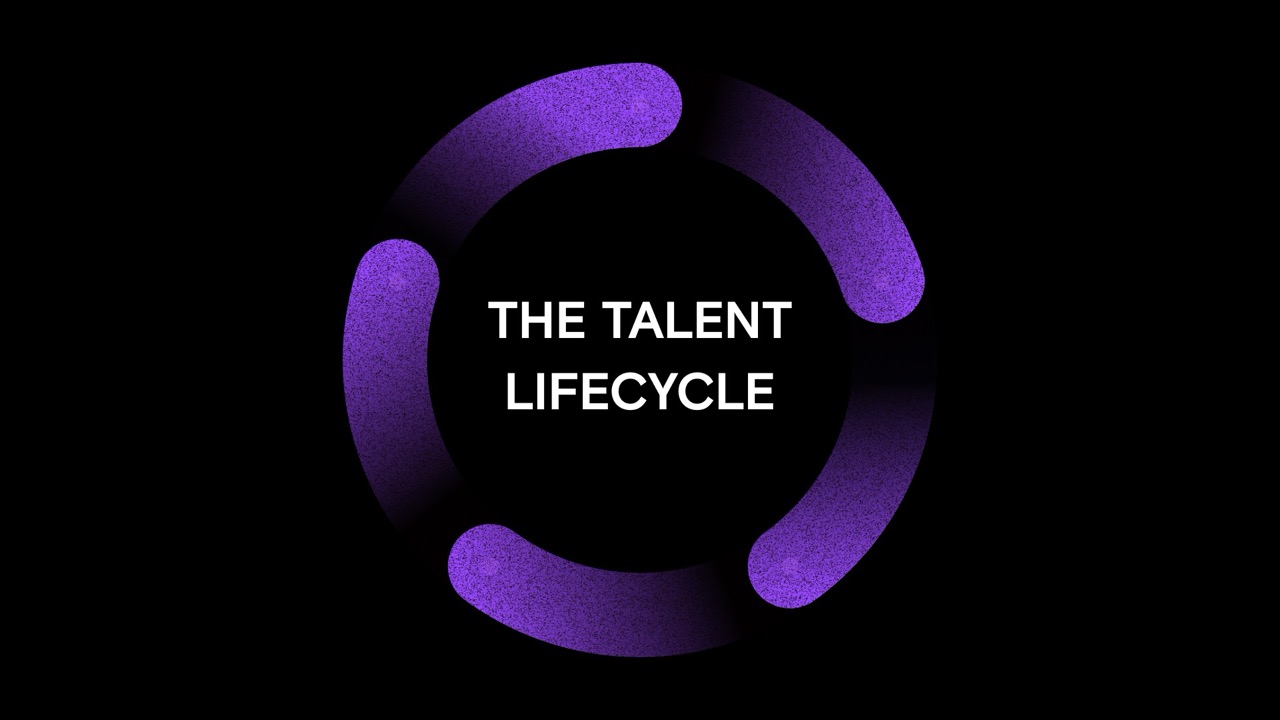In today’s competitive business landscape, the ability to attract, develop, and retain top talent is crucial for organizational success. The talent life cycle, encompassing recruitment, onboarding, development, and retention, plays a pivotal role in driving growth and achieving long-term objectives. Mastering this cycle requires a strategic approach that aligns with the company’s goals and culture, ensuring that each stage is optimized for maximum impact.
Understanding the intricacies of the talent life cycle allows organizations to build a robust workforce capable of adapting to changing market demands. From identifying the right candidates to fostering a culture of continuous learning and engagement, every step is integral to creating a thriving work environment. This article delves into the key components of the talent life cycle, offering insights and best practices to help businesses navigate the complexities of managing their most valuable asset—people.
Understanding the Talent Life Cycle
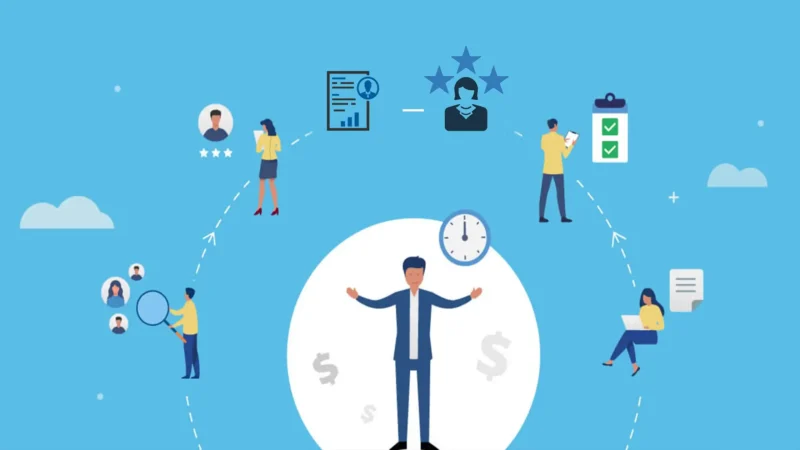
Recruitment
Recruitment is the initial phase of the talent life cycle, where organizations identify and attract potential candidates to fill open positions. This stage involves several key activities:
Job Analysis and Description
Creating a detailed job analysis and description is crucial. This document outlines the responsibilities, required skills, and qualifications for the role, serving as a foundation for the recruitment process.
Sourcing Candidates
Sourcing involves identifying potential candidates through various channels such as job boards, social media, recruitment agencies, and employee referrals. Effective sourcing strategies ensure a diverse and qualified pool of applicants.
Screening and Selection
Screening and selection processes help narrow down the candidate pool. This includes reviewing resumes, conducting initial interviews, and administering assessments to evaluate candidates’ skills and cultural fit.
Onboarding
Onboarding is the process of integrating new hires into the organization. A well-structured onboarding program can significantly impact employee retention and productivity.
Orientation
Orientation sessions introduce new employees to the company’s culture, values, policies, and procedures. This helps them understand the organizational environment and their role within it.
Training and Development
Providing initial training ensures that new hires have the necessary skills and knowledge to perform their job effectively. Ongoing development opportunities further enhance their capabilities and career growth.
Mentorship and Support
Assigning mentors or buddies can help new employees navigate their new workplace, offering guidance and support during the initial transition period.
Development
Employee development focuses on enhancing the skills, knowledge, and abilities of the workforce. This stage is critical for maintaining a competitive edge and fostering employee engagement.
Continuous Learning
Encouraging a culture of continuous learning through workshops, seminars, and online courses helps employees stay updated with industry trends and advancements.
Career Pathing

Creating clear career paths and progression opportunities motivates employees to grow within the organization. This involves setting achievable goals and providing the necessary resources to reach them.
Performance Management
Regular performance reviews and feedback sessions help employees understand their strengths and areas for improvement. Effective performance management aligns individual goals with organizational objectives.
Retention
Retention strategies aim to keep valuable employees engaged and committed to the organization. High retention rates reduce turnover costs and maintain organizational stability.
Employee Engagement
Fostering a positive work environment through recognition programs, team-building activities, and open communication channels enhances employee satisfaction and loyalty.
Compensation and Benefits
Offering competitive compensation packages and comprehensive benefits, including health insurance, retirement plans, and work-life balance initiatives, attracts and retains top talent.
Work-Life Balance

Promoting work-life balance through flexible work arrangements, remote work options, and wellness programs helps employees manage their personal and professional lives effectively.
Offboarding
Offboarding is the process of managing employee departures, whether voluntary or involuntary. A structured offboarding process ensures a smooth transition and maintains positive relationships.
Exit Interviews
Conducting exit interviews provides valuable insights into the reasons behind employee departures. This feedback can inform future retention strategies and organizational improvements.
Knowledge Transfer
Ensuring a proper knowledge transfer process minimizes disruptions and retains critical information within the organization. This may involve documentation, training sessions, or shadowing.
Alumni Relations
Maintaining positive relationships with former employees through alumni networks or events can lead to future opportunities for rehiring or referrals.
Effective Recruitment Strategies – Understanding Your Needs
Job Analysis
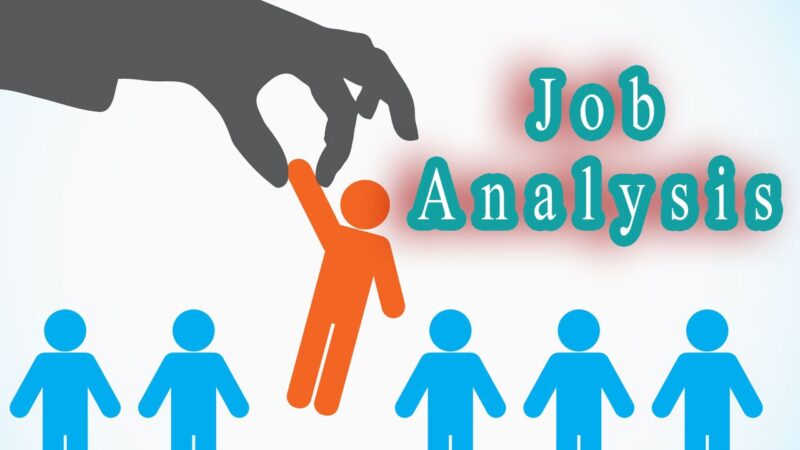
Conduct a thorough job analysis to understand the specific requirements, responsibilities, and qualifications needed for the role. This involves interviewing current employees, reviewing job descriptions, and analyzing the tasks and skills required.
Workforce Planning
Assess your current workforce and future needs to identify gaps. This helps in determining the number of hires required and the skills needed to meet organizational goals.
Employer Branding
Company Culture
Promote your company culture to attract candidates who align with your values and work environment. Highlight aspects such as work-life balance, diversity, and employee benefits.
Online Presence
Maintain a strong online presence through a well-designed website and active social media profiles. Share content that showcases your company’s achievements, employee testimonials, and community involvement.
Sourcing Candidates
Job Boards and Career Sites
Utilize popular job boards and career sites to post job openings. Tailor your job postings to attract the right candidates by using clear and concise language.
Employee Referrals
Implement an employee referral program to encourage current employees to refer qualified candidates. Offer incentives to motivate participation.
Social Media Recruiting

Leverage social media platforms like LinkedIn, Facebook, and Twitter to reach a broader audience. Engage with potential candidates by sharing job openings and company updates.
Screening and Selection
Applicant Tracking Systems (ATS)
Use an ATS to streamline the application process and manage candidate information. This helps in efficiently sorting and filtering applications based on predefined criteria.
Structured Interviews
Conduct structured interviews with standardized questions to ensure consistency and fairness. This allows for better comparison of candidates’ responses.
Skills Assessments
Incorporate skills assessments and tests to evaluate candidates’ abilities and suitability for the role. This can include technical tests, personality assessments, and situational judgment tests.
Candidate Experience
Communication
Maintain clear and consistent communication with candidates throughout the recruitment process. Provide timely updates and feedback to keep them engaged.
Onboarding Process
Develop a comprehensive onboarding process to help new hires integrate smoothly into the company. This includes orientation sessions, training programs, and mentorship opportunities.
Diversity and Inclusion
Inclusive Job Descriptions

Write inclusive job descriptions that avoid gender-biased language and emphasize your commitment to diversity. Highlight your company’s diversity and inclusion initiatives.
Diverse Sourcing Channels
Use diverse sourcing channels to reach underrepresented groups. Partner with organizations and attend events that focus on diversity in the workplace.
Data-Driven Recruitment
Metrics and Analytics
Track key recruitment metrics such as time-to-hire, cost-per-hire, and quality of hire. Use this data to identify areas for improvement and optimize your recruitment strategies.
Continuous Improvement
Regularly review and refine your recruitment processes based on feedback and performance data. Stay updated with industry trends and best practices to remain competitive.
Onboarding and Integration
The Importance of Onboarding
Effective onboarding is crucial for setting the stage for a new hire’s success. It helps new employees understand their roles, the company culture, and the expectations placed upon them. A well-structured onboarding process can significantly reduce the time it takes for new hires to become productive members of the team.
Pre-boarding Activities
Pre-boarding activities are the steps taken between the acceptance of a job offer and the new hire’s first day. These activities can include:
- Sending a welcome package with company information and swag
- Providing access to an online portal with necessary forms and documents
- Setting up initial meetings with key team members
First Day Experience
The first day sets the tone for the new hire’s experience. Key elements to focus on include:
- A warm welcome from the team
- A tour of the office or virtual workspace
- An overview of the company’s mission, vision, and values
- Introduction to the new hire’s immediate team and key stakeholders
Training and Development
Training is a critical component of onboarding. It ensures that new hires have the skills and knowledge they need to perform their job effectively. This can include:
- Role-specific training sessions
- Access to online learning platforms
- Regular check-ins with a mentor or manager
Cultural Integration
Understanding and integrating into the company culture is essential for long-term retention. This can be facilitated through:
- Team-building activities
- Social events
- Encouraging participation in company-wide initiatives
Feedback and Continuous Improvement
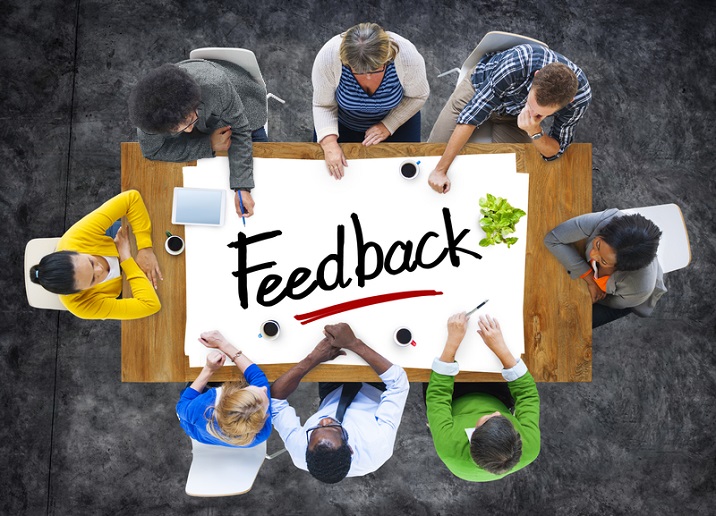
Collecting feedback from new hires about their onboarding experience can provide valuable insights for continuous improvement. This can be done through:
- Surveys and questionnaires
- One-on-one meetings with HR or managers
- Regular check-ins during the first few months
Technology and Tools
Providing the right technology and tools is essential for a smooth onboarding process. This includes:
- Setting up email and other communication tools
- Providing access to necessary software and systems
- Offering training on how to use these tools effectively
Role Clarity and Expectations
Ensuring that new hires have a clear understanding of their role and what is expected of them is crucial. This can be achieved through:
- Detailed job descriptions
- Regular meetings with managers to discuss goals and expectations
- Providing a roadmap for the first 90 days
Social Integration
Building relationships within the team and the broader organization is key to successful onboarding. This can be encouraged through:
- Buddy systems or mentorship programs
- Informal coffee chats or lunches
- Encouraging participation in team meetings and projects
Monitoring Progress
Regularly monitoring the progress of new hires helps ensure they are on the right track. This can involve:
- Weekly or bi-weekly check-ins with managers
- Setting and reviewing short-term goals
- Providing constructive feedback and support
Long-term Integration
Onboarding should not be seen as a one-time event but as an ongoing process. Long-term integration strategies can include:
- Continued professional development opportunities
- Regular performance reviews
- Encouraging involvement in company initiatives and projects
Measuring Success
Measuring the success of your onboarding process is essential for continuous improvement. Key metrics to consider include:
- Time to productivity
- Employee engagement scores
- Retention rates of new hires
- Feedback from new hires and their managers
Employee Development and Training
Importance of Employee Development
Employee development is a critical component of the talent life cycle, directly impacting employee satisfaction, performance, and retention. Investing in development programs demonstrates a company’s commitment to its workforce, fostering a culture of continuous improvement and growth. This not only enhances individual capabilities but also drives organizational success.
Types of Training Programs
Onboarding Training
Onboarding training is essential for new hires to acclimate to the company culture, understand their roles, and become productive members of the team. Effective onboarding programs can reduce turnover and increase job satisfaction.
Technical Skills Training
Technical skills training focuses on enhancing employees’ specific job-related skills. This can include software training, machinery operation, or any other technical competencies required for their roles. Keeping employees updated with the latest technological advancements ensures they remain competitive and efficient.
Soft Skills Training
Soft skills training addresses interpersonal skills such as communication, teamwork, problem-solving, and leadership. These skills are crucial for fostering a collaborative work environment and improving overall team dynamics.
Compliance Training
Compliance training ensures that employees are aware of and adhere to legal and regulatory requirements. This can include training on workplace safety, data protection, and anti-harassment policies. Regular compliance training helps mitigate risks and maintain a safe and lawful workplace.
Methods of Training Delivery
In-Person Training
In-person training sessions, such as workshops and seminars, provide hands-on experience and direct interaction with trainers. This method is effective for complex topics that require immediate feedback and discussion.
Online Training
Online training offers flexibility and accessibility, allowing employees to learn at their own pace. E-learning platforms can include video tutorials, interactive modules, and quizzes to reinforce learning. This method is cost-effective and scalable for large organizations.
Blended Learning
Blended learning combines in-person and online training methods to provide a comprehensive learning experience. This approach leverages the strengths of both methods, offering flexibility while maintaining the benefits of face-to-face interaction.
Measuring Training Effectiveness
Pre- and Post-Training Assessments
Conducting assessments before and after training sessions helps measure the knowledge and skills gained by employees. These assessments can identify areas of improvement and ensure that training objectives are met.
Employee Feedback
Gathering feedback from employees about the training programs provides insights into their effectiveness and areas for enhancement. Surveys and focus groups can be used to collect this feedback, ensuring that training remains relevant and impactful.
Performance Metrics
Tracking performance metrics such as productivity, error rates, and customer satisfaction can help evaluate the long-term impact of training programs. Improved performance metrics indicate successful training initiatives.
Continuous Development
Career Pathing
Career pathing involves creating clear development plans for employees, outlining potential career progression within the organization. This helps employees understand their growth opportunities and motivates them to develop the necessary skills for advancement.
Mentorship Programs
Mentorship programs pair less experienced employees with seasoned professionals to provide guidance, support, and knowledge sharing. This fosters a culture of learning and helps employees navigate their career paths more effectively.
Learning Culture

Promoting a culture of continuous learning encourages employees to seek out development opportunities proactively. This can be achieved by providing access to learning resources, encouraging knowledge sharing, and recognizing employees’ efforts to improve their skills.
Performance Management and Feedback
The Importance of Performance Management
Performance management is a critical component of the talent life cycle, serving as the backbone for employee development and organizational growth. Effective performance management ensures that employees’ activities and outcomes align with the organization’s goals. It provides a structured approach to measure, manage, and enhance employee performance, fostering a culture of continuous improvement.
Key Elements of Performance Management
Goal Setting
Setting clear, achievable goals is the first step in performance management. Goals should be Specific, Measurable, Achievable, Relevant, and Time-bound (SMART). This framework helps employees understand what is expected of them and provides a clear direction for their efforts.
Continuous Monitoring
Ongoing monitoring of performance is essential to ensure that employees stay on track. This involves regular check-ins, progress reviews, and real-time feedback. Continuous monitoring helps identify potential issues early, allowing for timely interventions.
Performance Appraisals
Formal performance appraisals are typically conducted annually or semi-annually. These appraisals provide a comprehensive review of an employee’s performance over a specific period. They offer an opportunity to discuss achievements, areas for improvement, and future goals.
Effective Feedback Mechanisms
Constructive Feedback
Constructive feedback is crucial for employee development. It should be specific, focused on behavior rather than personality, and delivered in a timely manner. Constructive feedback helps employees understand their strengths and areas for improvement, fostering a growth mindset.
360-Degree Feedback
360-degree feedback involves collecting feedback from an employee’s peers, subordinates, and supervisors. This holistic approach provides a well-rounded view of an employee’s performance, highlighting different perspectives and areas for development.
Regular One-on-One Meetings
Regular one-on-one meetings between managers and employees create a platform for open communication. These meetings allow for ongoing feedback, discussion of challenges, and alignment on goals and expectations.
Leveraging Technology in Performance Management
Performance Management Software
Performance management software can streamline the entire process, from goal setting to appraisals. These tools offer features like real-time feedback, performance tracking, and analytics, making it easier to manage and improve employee performance.
Data-Driven Insights
Leveraging data analytics can provide valuable insights into employee performance trends. Data-driven insights help identify high performers, areas of concern, and opportunities for development, enabling more informed decision-making.
Training and Development
Identifying Skill Gaps
Performance management helps identify skill gaps that may hinder an employee’s performance. Recognizing these gaps allows organizations to provide targeted training and development programs to address them.
Career Development Plans
Creating personalized career development plans based on performance appraisals and feedback ensures that employees have a clear path for growth. These plans should outline the skills and experiences needed for career progression, fostering employee engagement and retention.
Aligning Performance Management with Organizational Goals
Strategic Alignment
Performance management should be aligned with the organization’s strategic goals. This ensures that individual performance contributes to the overall success of the organization. Clear alignment helps employees understand how their work impacts the broader organizational objectives.
Cascading Goals
Cascading goals involve breaking down organizational goals into smaller, actionable objectives for teams and individuals. This approach ensures that everyone is working towards the same overarching goals, promoting coherence and collaboration across the organization.
Retention Strategies – Employee Engagement
Creating a Positive Work Environment

A positive work environment is crucial for employee satisfaction and retention. This includes fostering a culture of respect, inclusivity, and open communication. Encouraging collaboration and providing a comfortable physical workspace can significantly impact an employee’s desire to stay with the company.
Recognition and Rewards
Recognizing and rewarding employees for their hard work and achievements can boost morale and loyalty. Implementing a structured recognition program, such as Employee of the Month or performance bonuses, can make employees feel valued and appreciated.
Career Development
Training and Development Programs
Offering continuous learning opportunities through training and development programs can help employees grow their skills and advance their careers within the company. This not only benefits the employees but also enhances the overall skill set of the organization.
Clear Career Pathways
Providing clear career pathways and opportunities for advancement can motivate employees to stay with the company. Regularly discussing career goals and providing mentorship can help employees see a future within the organization.
Work-Life Balance
Flexible Work Arrangements

Flexible work arrangements, such as remote work options, flexible hours, and compressed workweeks, can help employees balance their personal and professional lives. This flexibility can lead to higher job satisfaction and retention.
Employee Wellness Programs
Implementing wellness programs that focus on physical, mental, and emotional health can show employees that the company cares about their well-being. This can include gym memberships, mental health resources, and stress management workshops.
Compensation and Benefits
Competitive Salaries
Offering competitive salaries that reflect the market rate for similar positions can help retain top talent. Regularly reviewing and adjusting compensation packages ensures that employees feel fairly compensated for their work.
Comprehensive Benefits Packages
Providing comprehensive benefits packages, including health insurance, retirement plans, and paid time off, can make employees feel secure and valued. Tailoring benefits to meet the diverse needs of the workforce can also enhance retention.
Employee Feedback
Regular Surveys and Feedback Mechanisms
Conducting regular employee surveys and providing mechanisms for feedback can help identify areas for improvement. Acting on this feedback shows employees that their opinions are valued and can lead to positive changes within the organization.
Open Door Policy
An open door policy encourages employees to voice their concerns and suggestions directly to management. This transparency can build trust and foster a sense of belonging, which can enhance retention.
Leadership and Management
Effective Leadership
Effective leadership is critical for employee retention. Leaders who are supportive, communicative, and transparent can inspire loyalty and commitment. Providing leadership training can help managers develop these essential skills.
Management Support
Ensuring that managers provide adequate support and resources to their teams can improve job satisfaction. Regular check-ins, constructive feedback, and recognition of achievements can help employees feel supported and valued.
Conclusion
Understanding the Talent Life Cycle
Mastering the talent life cycle is essential for organizational growth. It involves a comprehensive approach that begins with attracting the right candidates and extends through their entire tenure with the company.
Effective Recruitment Strategies
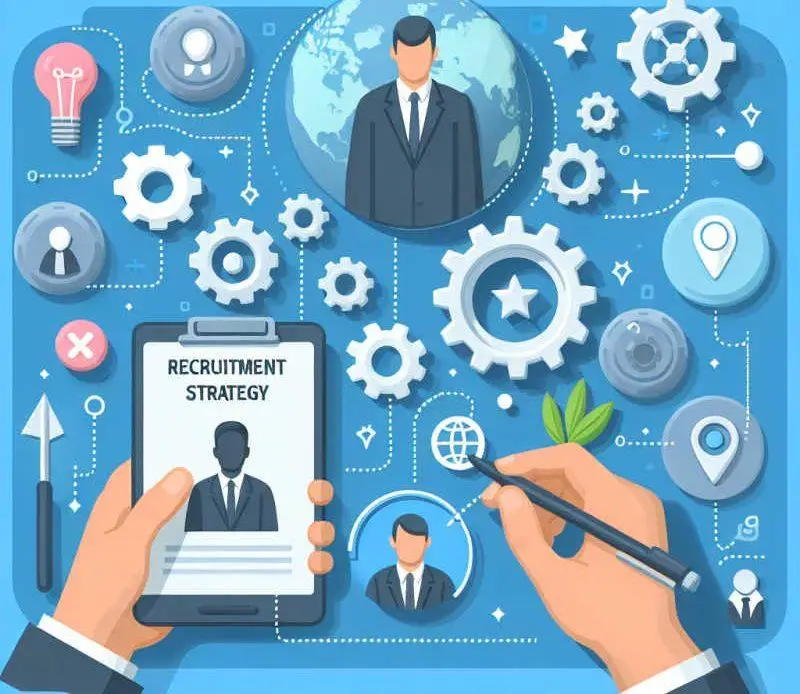
Implementing effective recruitment strategies ensures that the organization attracts top talent. This includes leveraging technology, utilizing data-driven approaches, and fostering a strong employer brand to appeal to potential candidates. Exec Capital are leading London based recruiters.
Onboarding and Integration
A robust onboarding and integration process is crucial for new hires to feel welcomed and become productive members of the team. This phase sets the tone for their future engagement and performance within the organization.
Employee Development and Training
Continuous employee development and training are vital for maintaining a competitive edge. Providing opportunities for growth and skill enhancement not only benefits the individual but also drives the overall success of the company.
Performance Management and Feedback
Effective performance management and regular feedback help in aligning individual goals with organizational objectives. Constructive feedback fosters a culture of continuous improvement and accountability.
Retention Strategies
Retention strategies are key to maintaining a stable and motivated workforce. By addressing employee needs, recognizing achievements, and offering career advancement opportunities, organizations can reduce turnover and retain top talent.
